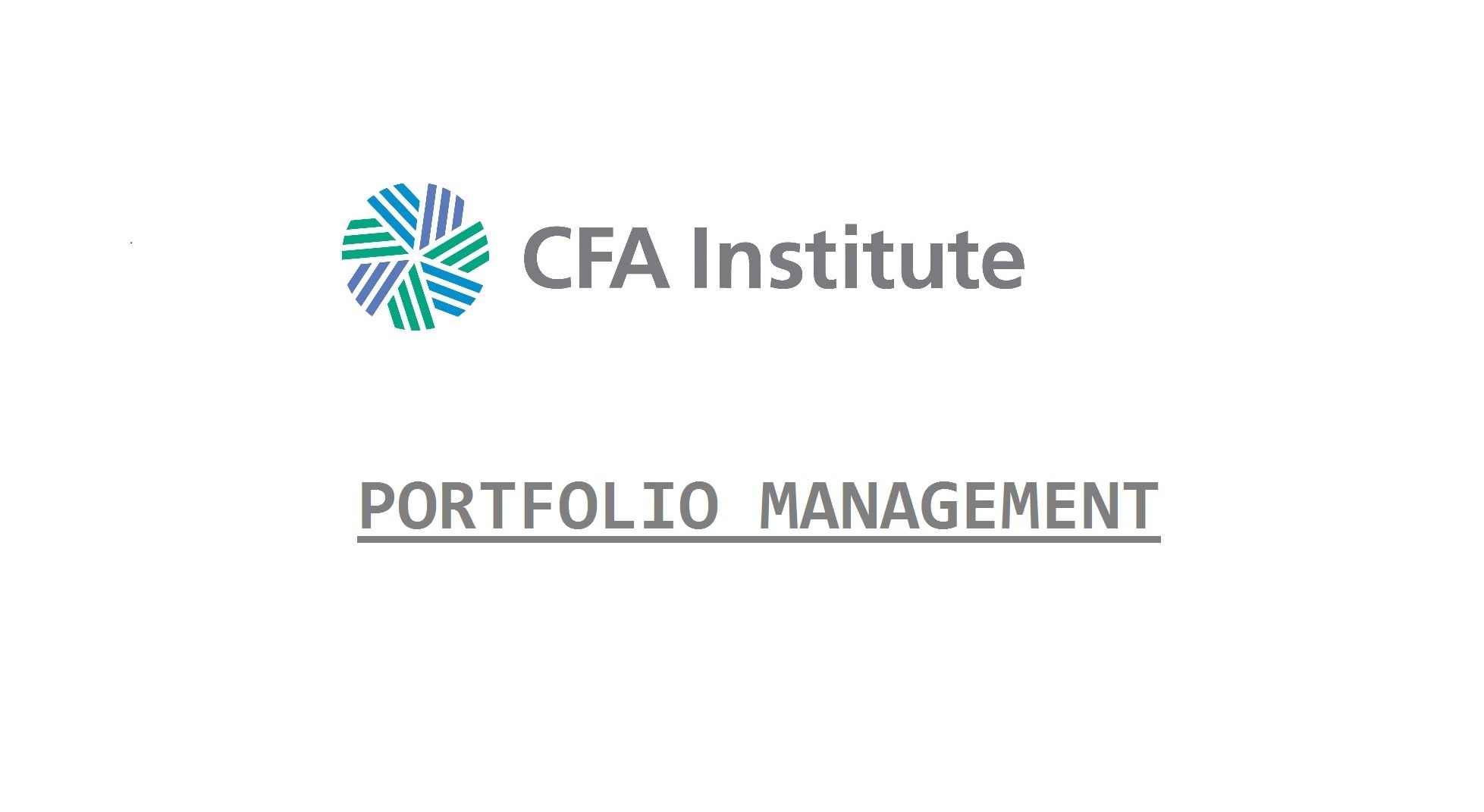For both banks and insurance companies, the primary overall objective of the company is to maximize the market value of the institution’s equity capital with a high level of assurance that the claims of depositors, creditors, and policyholders can be met.
Balance Sheet Management and Investment Considerations
An expression that captures how changes in the market value of assets, liabilities, and leverage levels affect the change in the market value of equity is:
- %∆E = %∆A(M) − %∆L(M − 1)
where:
%ΔE = percentage change in the value of equity
%ΔA = percentage change in the value of assets
%ΔL = percentage change in the value of liabilities
M = leverage multiplier, A / E
The previous equation can be tweaked slightly to assess the sensitivity of the institution’s equity capital to a unit change in the reference yield, y, of the assets (i.e., the modified duration of the equity capital). This equation is:

where:
DE = modified duration of the institution’s equity capital
DA = modified duration of the institution’s assets
DL = modified duration of the institution’s liabilities
M = leverage multiplier, A / E
Δi/Δy = estimated change in yield of liabilities, i, relative to a unit change in yield of assets, y
This framework can be extended to consider the expected volatility (i.e., standard deviation) of the percentage changes in the market value of equity capital using the following formula:

where:
σE = standard deviation of percentage change in the market value of equity
σA = standard deviation of percentage change in the value of assets
σL = standard deviation of percentage change in the value of liabilities
M = leverage multiplier, A / E
ρAL = correlation of percentage value changes in assets and liabilities
There are many strategies that the management of a bank or an insurance company can use to change the factors driving the volatility of shareholders’ equity. These strategies could relate to the investment portfolio assets or the nature of the liabilities created by the operations of the company.
| Strategy | Impact on Factor | Impact on σE | Comments |
|---|---|---|---|
| Hold diversified fixed-income investments | Lowers σA | Falls | Diversified fixed income has a lower standard deviation than other riskier asset classes. |
| Hold high-quality fixed-income investments | Lowers σA | Falls | There’s a lower chance of significant loss in asset value. |
| Maintain similar asset and liability durations, and match asset/liability exposure to borrower and claimant options | Increases ρAL | Falls | Regulators penalize institutions with high asset/liability mismatches. |
| Hold common stock investments | Increases σALowers ρAL | Rises | Most regulators require reserves of 100% to be held against investments in common stock. |
| Derivatives transparency and collateralization | Lowers σA and σLIncreases ρAL | Falls | The more understood and protected against counterparty default the institution is, the less chance there is of unexpected losses. |
| Hold more liquid portfolio investments | Lowers σA | Falls | |
| Surrender penalties for insurance contracts | Lowers σL | Falls | Penalties cushion losses when policyholders cash in after interest rates have risen. |
| Prepayment penalties on debt investments | Increases ρAL | Falls | Prepayments will occur in a low interest rate environment. Penalties on prepayments help offset rising liabilities in a falling rate environment. |
| Catastrophic insurance risk | Increases σL | Rises | Such losses are large and unpredictable and will cause regulators to demand higher reserves, investment in more liquid assets, and more robust reinsurance agreements. |
| Predictability of underwriting losses | Decreases σL | Falls | Total insurance liabilities are less uncertain. |
| Diversifying insurance business | Decreases σL | Falls | Total insurance liabilities are less uncertain. |
| Variable annuities | Increases ρAL | Falls | Asset investment gains and losses are passed through to policyholders due to the nature of the contract. |
In the case of banks and insurers, optimal investment management simultaneously focuses on the investment portfolio and the liabilities of the business, all within the context of external economic conditions and regulatory reserve requirements. The investment manager also needs to be conscious of the factors that affect the volatility of shareholders’ equity and optimal levels of leverage as discussed previously.
